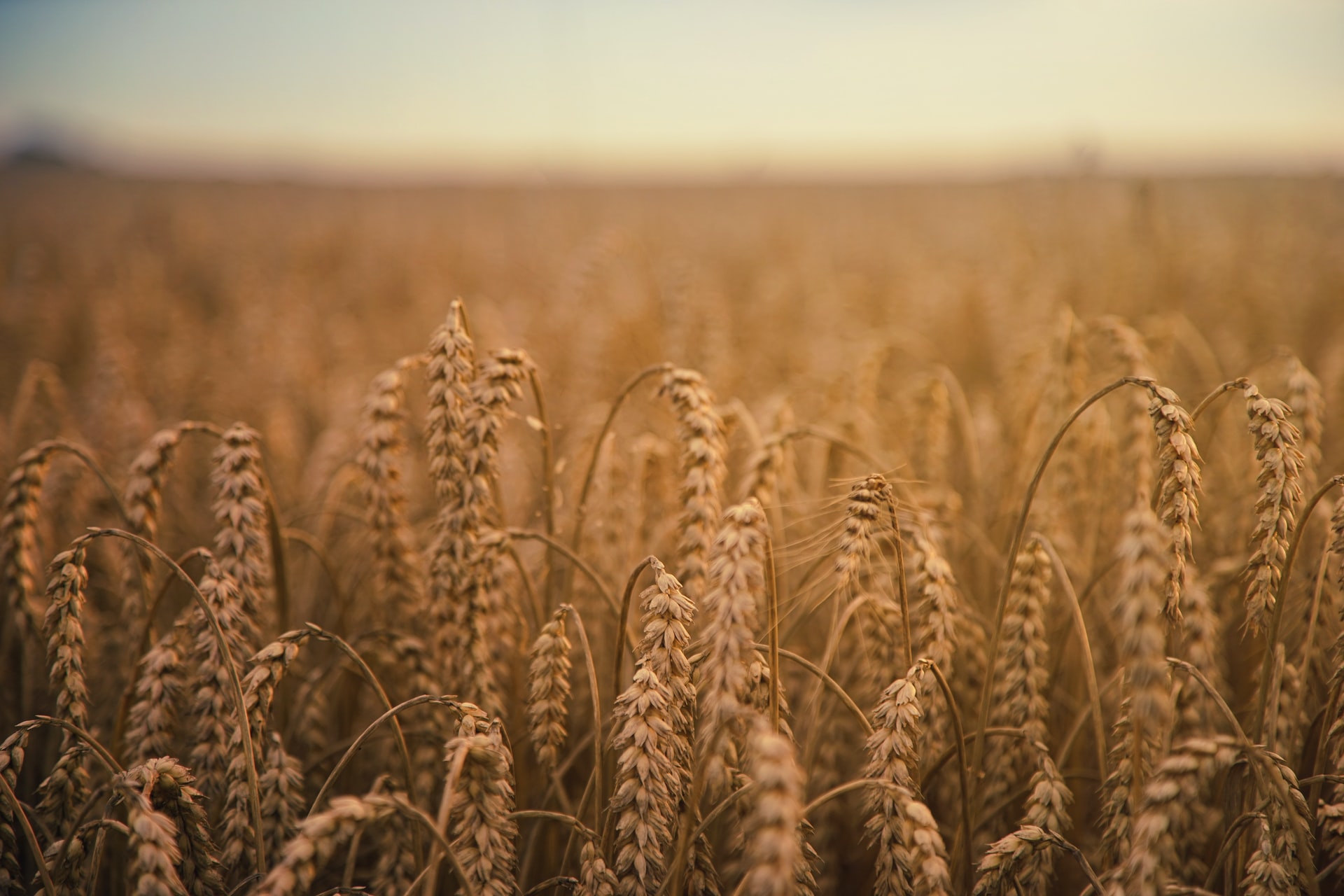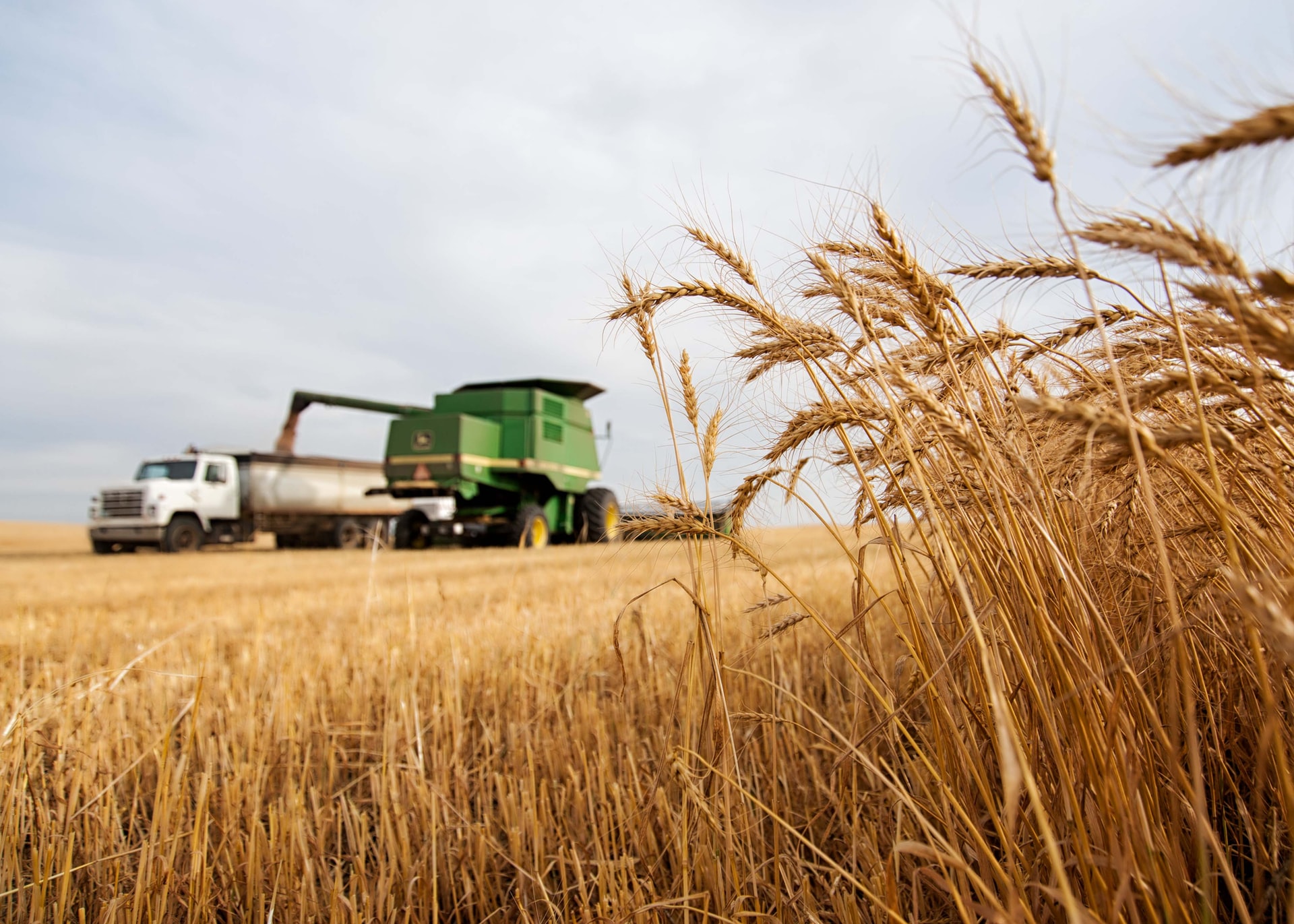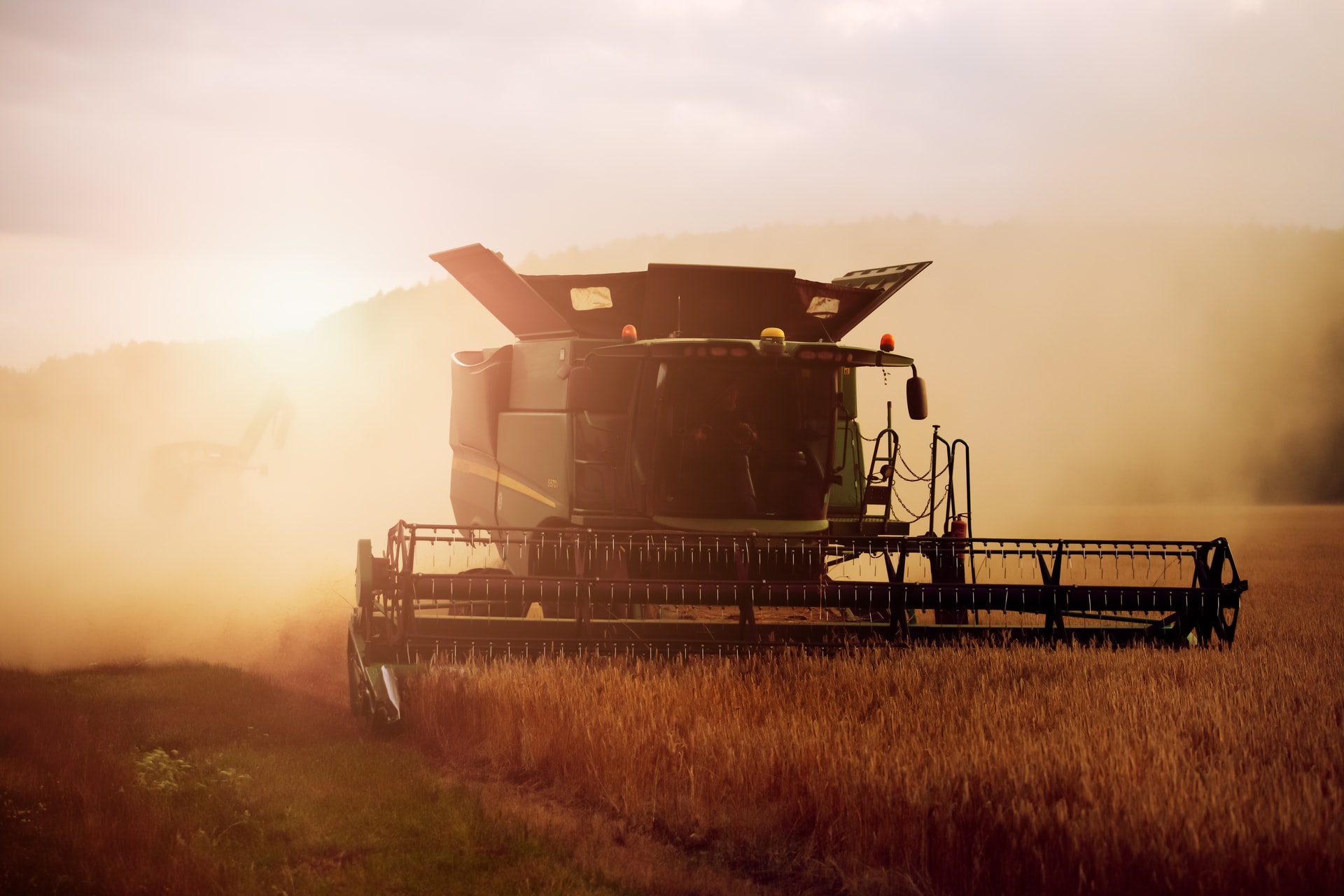Keeping all the irons in the fire
By Tyson Hosie
22nd January, 2022
As harvest rolls into its fifth month through parts of New South Wales, growers and traders alike are now turning their attention to the considerable task of executing one of our biggest crops on record.
With weather still heavily influencing the finalisation of harvest, farm storage being at a premium, bulk handling sites either closed due to being at capacity and/or soon to be under scheduled fumigation and limited access to stretched labour and freight resources, it is timely to investigate how we manage our hard-harvested crop in order to quickly access and efficiently engage potential marketing opportunities that may present themselves in the coming weeks and months.
We’ve become accustomed to a largely flat market over the past few years, where quantity and proximity to domestic users was rewarded over quality. However, this season, numerous buyers are seeking out and remunerating certain grades for their individual quality characteristics that would otherwise have found their way into the local feedlot.
This stands as a reminder that having easily communicable quality records and sound hygiene and grain handling practices will be paramount this season to keep as many irons in the marketing fire as possible.
Much of the grain that remains on-farm will be required to move to a Delivered Port market to extract its greatest value, however with numerous market participants requiring different quality and treatment parameters it can be somewhat confusing.
In many instances, buyers can request that grain be treated for insect control using fumigants within the previous 90 days of delivery, and up to 9 months of delivery if contact insecticides are being used, as well as being accompanied by GTA Vendor Declaration documentation outlining approximate harvest dates. For those in the north, this applies in the Brisbane and Newcastle Port Zones as of the January 1, 2022; February 1 in the Port Kembla zone and February 15 for Geelong/Portland for those in the South.
Whilst not all port operators require this, many do, and by complying with the above will see you maximise your market access, especially in a year where so many requirements (freight, labour, etc) are in short supply.
Whilst there have been many challenges this season, the outlook for the coming weeks and months is very positive. Pricing still holding up well for wheat, barley and canola with support from geo-political influences currently helping to bolster values after correcting through December and January.
The outlook for the 21/22 Summer Crop is also phenomenal, be that mungbeans, sorghum or cotton, with dryland crops echoing the potential of their irrigated counterparts in many cases.
Be reminded, though, that sorghum will be a crop heavily reliant on exports, and again, having strong on-farm practices will ensure ease of market access in the coming weeks and months. With limited domestic demand and finite access to upcountry container marketing options, a lot of grain will be needing to go direct to port.
Disruption in the feed grain sector

Australia's key atmospheric and oceanic indicators point to a continued La Niña weather pattern sticking around until at least February 2022.
Read MoreHeadwinds facing farmers in 2022

Harvest is slowly wrapping up on the east coast however the ever persistent La Nina continues to delay the placement of the final full-stop on this seasons bumper harvest.
Read MoreThe higher the bid, the further to fall

As December finally brought the welcome news of a reprieve from the rain across most of the East Coast, the increase in harvest activity unfortunately seemed to coincide with a decrease in values to the Australian grower.
Read MoreWave of grain hits canola price

The unfortunate reality of the huge wave of grain that has hit the system in this short period of time is the effect it has had on cash markets.
Read MoreHarvest given its head

This past week has seen much of the East Coast return to its' usual December programming - warm and sunny - a welcome reprieve for those looking to complete winter crop harvest, along with summer croppers who recently became involved in aquaponics.
Read MoreWhat's next for canola prices

With much of the canola harvest in New South Wales finally appearing to be over the hill after ongoing rain delays, and the impacts to quality appearing to be not as bad as originally feared...
Read More